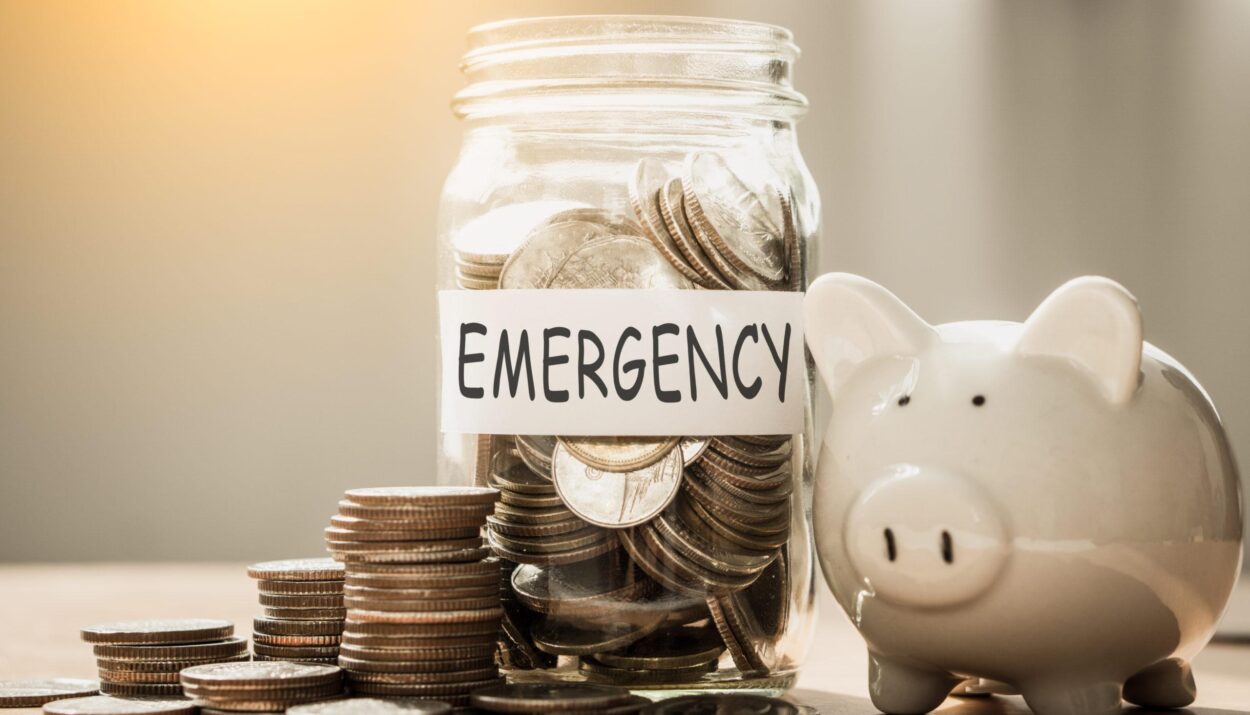Choosing the right place for your emergency fund is crucial for ensuring quick access and safeguarding against potential financial volatility. Here’s where and where not to keep your emergency savings.
- High-Yield Savings Accounts: Offer superior interest rates compared to traditional savings, often reaching up to 5% APY. These accounts provide excellent liquidity, making funds accessible when needed urgently.
- Money Market Accounts: Blend the features of savings and checking accounts, often including check-writing privileges and competitive interest rates. Be aware of potential monthly fees and minimum balance requirements.
- Short-term CDs and Penalty-free CDs: Certificates of Deposit can be a safe place for emergency funds if chosen carefully. Short-term CDs reduce the lock-in period, while penalty-free CDs allow for early withdrawals without financial penalties.
- Cash Management Accounts (CMAs): Offered by brokerage firms, these accounts combine the features of checking and savings accounts, sometimes providing higher FDIC insurance through multiple bank partnerships.
Where Not to Store Your Emergency Fund:
- Long-term CDs: Require locking in your money for extended periods, often carrying heavy penalties for early withdrawals.
- Savings Bonds: Have a minimum holding period of one year and penalize early withdrawals before five years.
- Stock Market: Involves high volatility and may not provide immediate access to funds in a downturn.
- Retirement Plans: While some plans allow for loans or early withdrawals, they come with significant caveats and potential penalties.
When it comes to emergency funds, accessibility and security are paramount. Choosing the right account can provide peace of mind and financial stability, allowing for immediate response to unforeseen expenses without compromising other financial goals. Be sure to select an option that matches your need for immediate access and minimal risk.










